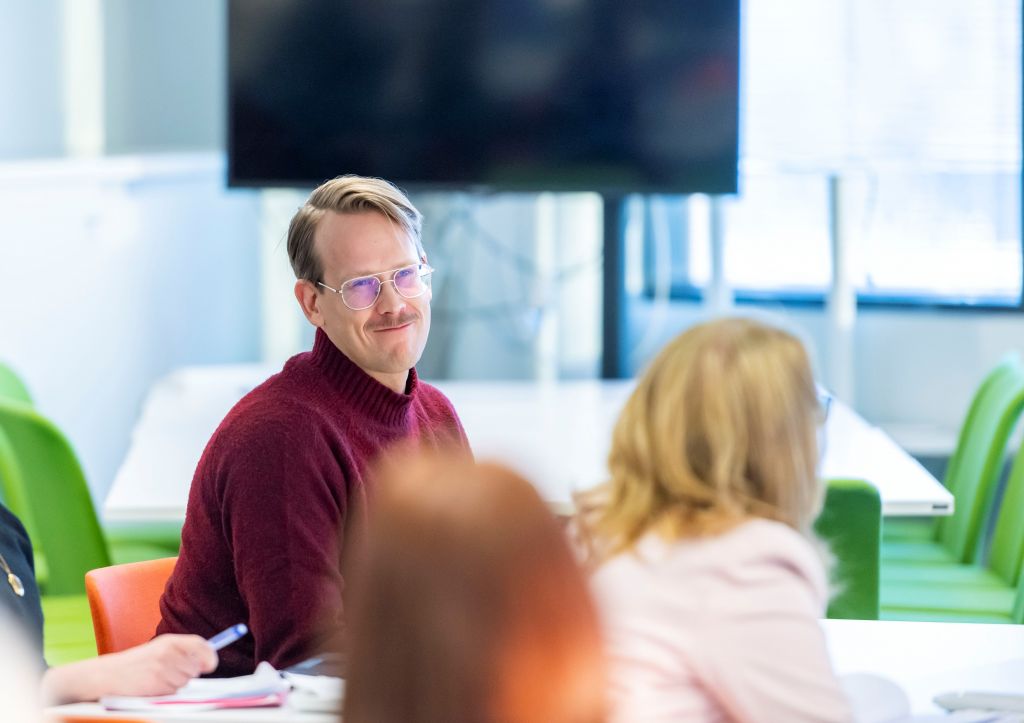Systemic transition – we are in it together!

At least from the industrial revolution, and arguably even earlier, the economic system was built on a linear model with assumptions that natural resources will be abundantly available, and the effects of the linear take, make, waste model on the nature could be neglected, or at least contained. It is now starting to become evident that this is not the case. We need to be more mindful of maintaining a balance between our economic system and the nature. In CICAT2025, we aim to contribute to this balance by identifying catalysts that accelerate the transition from the current linear model to a circular economy.
Moving from a linear to a circular model is a systemic transition. To make that happen, perspectives and practices need to shift towards the new model in alignment. For example, in case of recycled materials, it is not enough that it is technologically possible to turn waste into materials. There also needs to be demand for the recycled materials, and regulation needs to allow their use. This is often not the case, as in the linear model waste is undesirable, and is better put out of sight and out of mind. There is no one to blame, as the situation is a result of a long and, at least from an economic perspective, successful run of the linear economy mindset.
Catalysts from linguistics or arts can shift the mindset people have towards waste, which together with aligned catalysts from technology and business fields accelerate the emergence of businesses structured around turning waste into value.
It is clear that there is no silver bullet for a systemic transition. To address this in CICAT2025, we take a multidisciplinary approach to the identification of circular economy catalysts. Our diverse consortium combines expertise in business, technology, arts, linguistics, law, and policy studies, allowing knowledge to cross over conventional boundaries between academic disciplines. We see that catalysts can be identified from the perspective of a single discipline, but they can also require simultaneously existing catalysts identified from a perspective of a different discipline to have an accelerating effect. For example, catalysts from linguistics or arts can shift the mindset people have towards waste, which together with aligned catalysts from technology and business fields accelerate the emergence of businesses structured around turning waste into value. To capture the multidisciplinary nature of the catalysts, CICAT2025 research is done in close collaboration across the disciplines involved.
More importantly, the discipline crossing collaboration is emphasized in who are the key stakeholders of CICAT2025. To identify the catalysts, the voice of a wide variety of actors needs to be heard, ranging from entrepreneurs to policymakers and from public servants to consumers, and between. Each of these actors can be identified as participants in ecosystems, where their actions depend on each other, a perspective that helps to identify necessary cross-industry links important in the circular economy. Furthermore, creating mutual understanding between the actors in an ecosystem is a necessity in a systemic transition such as the circular economy. Through our multidisciplinary approach and identification of varied but co-existing catalysts, CICAT2025 will be contributing to the creation of this understanding in close collaboration with our key stakeholders.
Valtteri Ranta
